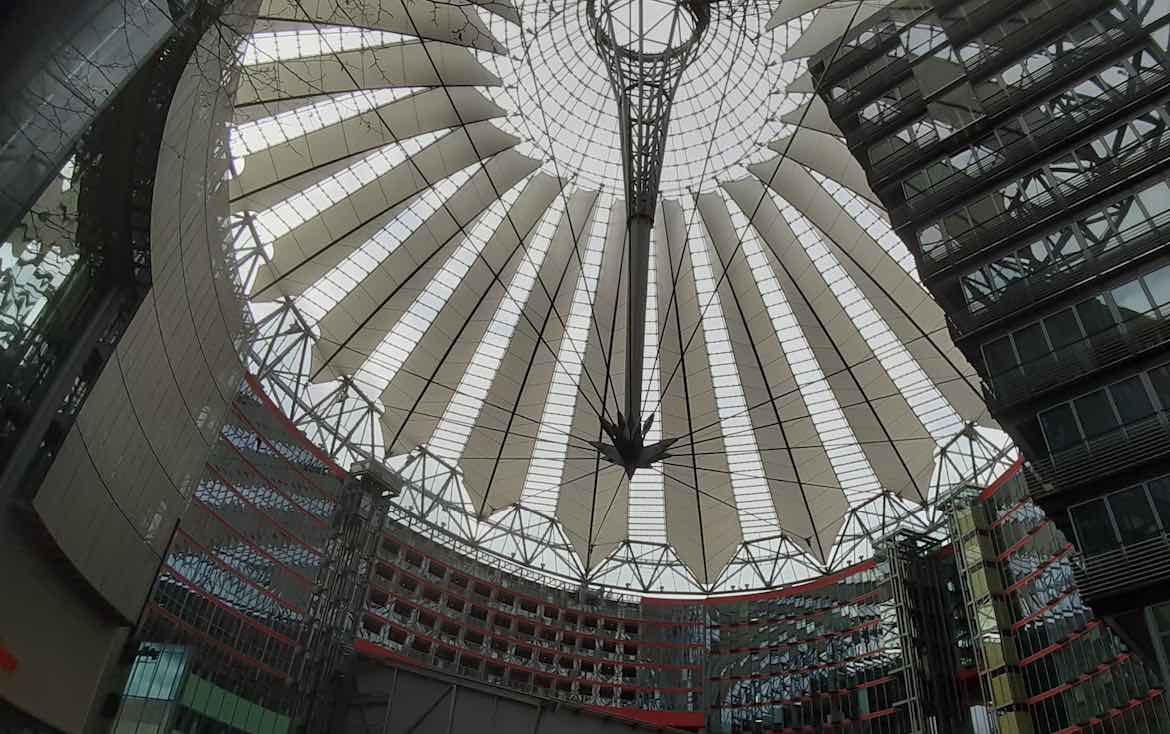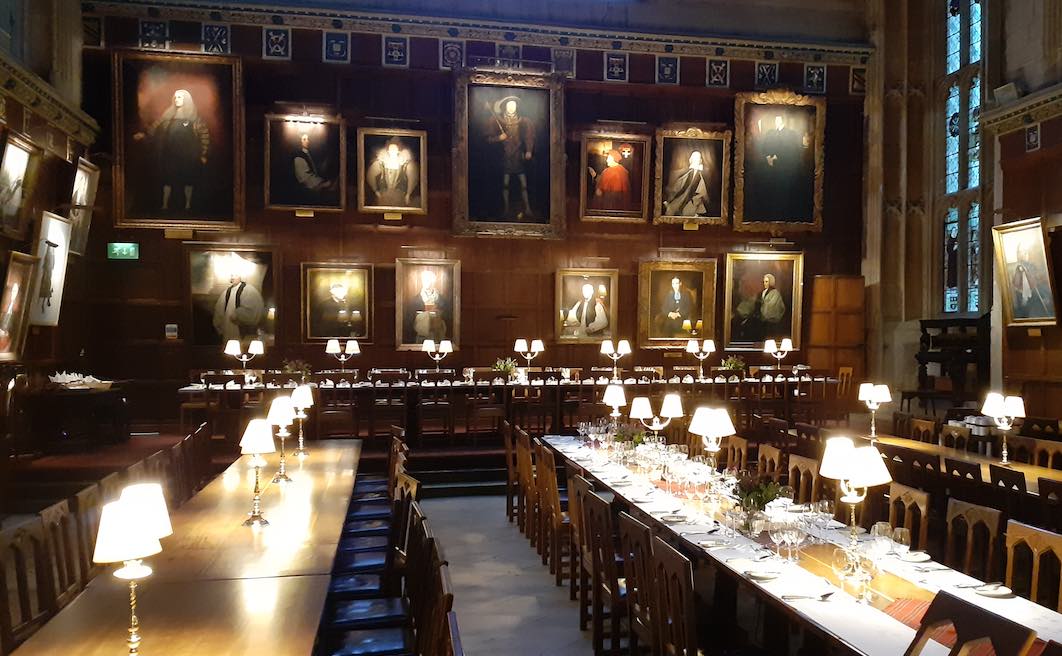 |
Neutrino physics and astrophysics (theory)
|
 |
 |
Neutrino physics and astrophysics (theory)
|
 |
| Monday |
Tuesday |
Wednesday |
Thursday |
Friday |
|
| 9:30-10:30 |
Lecture |
Lecture |
Lecture | Lecture | Lecture |
| 11:00-12:00 |
Lecture | Lecture | Lecture | Lecture | Lecture |
| 12:00-13:30 |
Lunch break |
Lunch break | Lunch break | Lunch break | Lunch break |
| 13:30-14:30 |
Student talks |
Invited topical talks |
Student talks |
Invited topical talks |
Farewell |
| 15:00-16:00 |
Group work |
Student talks |
Excursion/social |
Group work |
(return travel) |
| 16:00-17:00 |
Group work |
Group work |
Excursion/social | Group work discussion |
|
| Evening |
Welcome event/pub visit |
Common dinner |
Proposed contents (subject to adjustments):
Part I - as block course in Oxford (March 18-22, 2024)
1) Neutrino oscillations (theory)
a) Neutrino oscillations in vacuum
i) Standard derivation of oscillation formula (for arbitrary number of flavours)b) Neutrino oscillations in matter
ii) Two-flavour limit
iii) Standard three-flavour neutrino oscillations
iv) Simplified three-flavour picture, decoupling limits (solar, atmospheric, reactor)
v) The hunt for CP violation
vi) Sterile neutrinos
vii) Limitations of standard approach
i) Hamiltonian in flavour space
ii) Two flavours, constant matter density
iii) Varying matter density (MSW effect), application to Sun
iv) Matter density profiles with jumps (e.g. Earth, supernovae)
2) Origin of neutrino masses and mixings
a) Fermion masses in the Standard Model - a recap
i) How do mass terms look like (in the equations of motion)?b) Massive neutrinos
ii) Mass terms in the Lagrangian
iii) Mass generation through spontaneous symmetry breaking
iv) Fermion masses in the SM
i) Are neutrino masses physics BSM?c) Neutrinoless double beta decay
ii) Role of Majorana mass terms
iii) The seesaw mechanism
iv) Origin of lepton mixings and UPMNS
v) Origin of structure/flavour symmetries
vi) Neutrino mass from SM effective field theory
vii) Origin of leptonic CP violation?
i) Motivationd) Principles of baryogenesis/leptogenesis
ii) Phenomenology
iii) Comparison of absolute mass measurement observables
iv) Theoretical interpretation of neutrinoless double beta decay
i) Motivation
ii) Sakharov conditions
iii) Sphaleron processes, leptogenesis
iv) Thermal leptogenesis
v) Alternative mechanisms
Part II - Berlin (April 8-12, 2024)
3) Neutrinos from astrophysical accelerators - multi-messenger astrophysics
a) General overview: Cosmic-ray and neutrino sources
i) Particle accelerationb) Description of the radiation zone
ii) Astrophysical environments
iii) A toy model for a neutrino-cosmic-ray-source
i) Kinetic equations
ii) Steady state, general solution
iii) Examples/applications
c) Particle interactions in hadronic sources(1) Particle leaves region (escapes)
(2) Origin of spectral breaks
(3) Cooling of secondaries (muons, pions, kaons) leading to neutrino production
i) Generic frameworkd) Gamma-ray bursts as astrophysical test case
ii) Weak decays
iii) pp interactions
iv) Photohadronic interactions (p-gamma/A-gamma)
v) Simplified pgamma interactions
vi) Multi-messenger relationships
vii) Optically thick case
i) Internal shock model
ii) Geometry estimators, radiation density
iii) Pion production efficiency
iv) From shock rest frame to the observer’s frame
Credit point requirements - needed for Master students:
Participation in tutorials/home work assignments (50% of points required).
Reading assignment, presented in a short talk.
Oral examination: Possible (extraordinary) exam dates are 23.04.2024 and 23.05.2024. You need to register via AGNES between 26.02.2024 and 17.03.2024 (deadline) for any of them. This may sound early, but cancellation is possible until 16.04.2024 (1st exam date) and 16.05.2024 (2nd exam date).
Literature:
M. S. Athar, ..., W. Winter, et al, Status and perspectives of neutrino physics, Prog. Part. Nucl. Phys. 124 (2022) 103947
Carlo Giunti and Chung Kim. Fundamental of neutrino physics and astrophysics. Oxford
Martin Pohl. Einführung in die Hochenergieastrophysik. Shaker
Gaisser, Engel and Resconi. Cosmic rays and particle physics. Cambridge
Malcolm Longair. High-energy astrophysics, vol. 1 (particles, photons and their detection). Cambdrige
Walter Winter. Neutrinos from Cosmic Accelerators including Magnetic Field and Flavor Effects, Adv. High Energy Phys. (2012) 586413